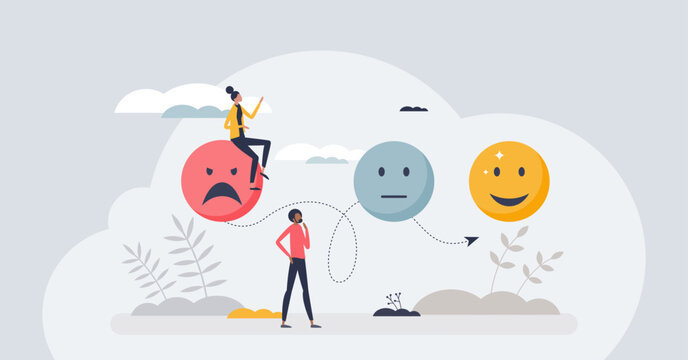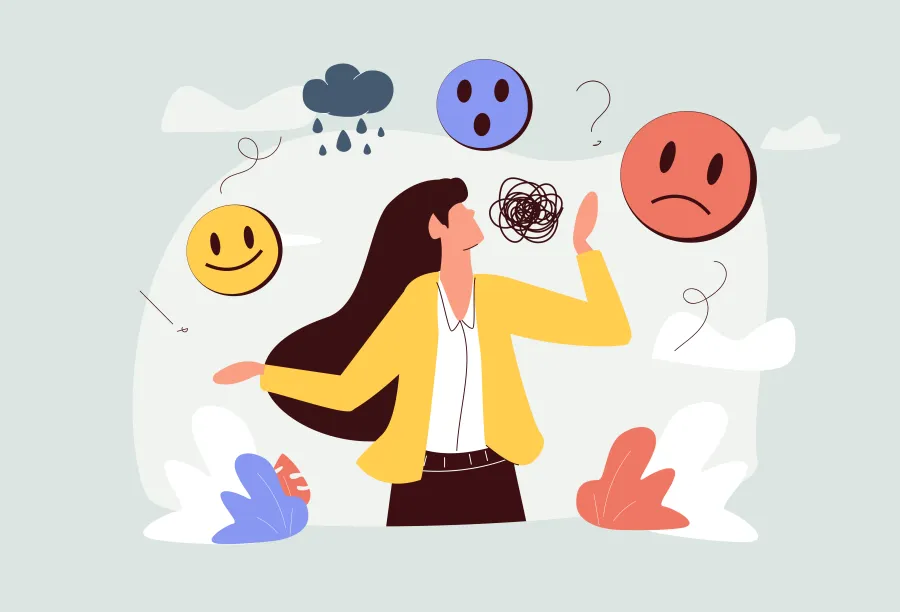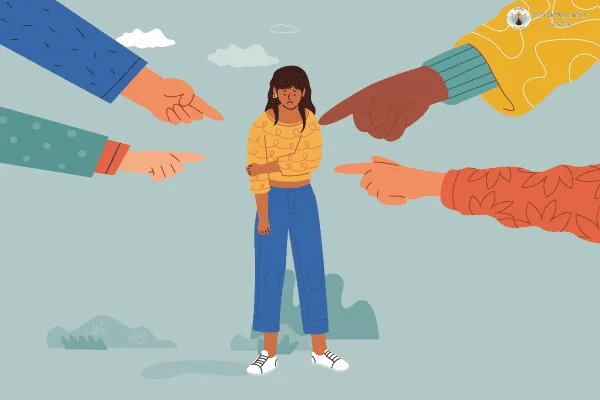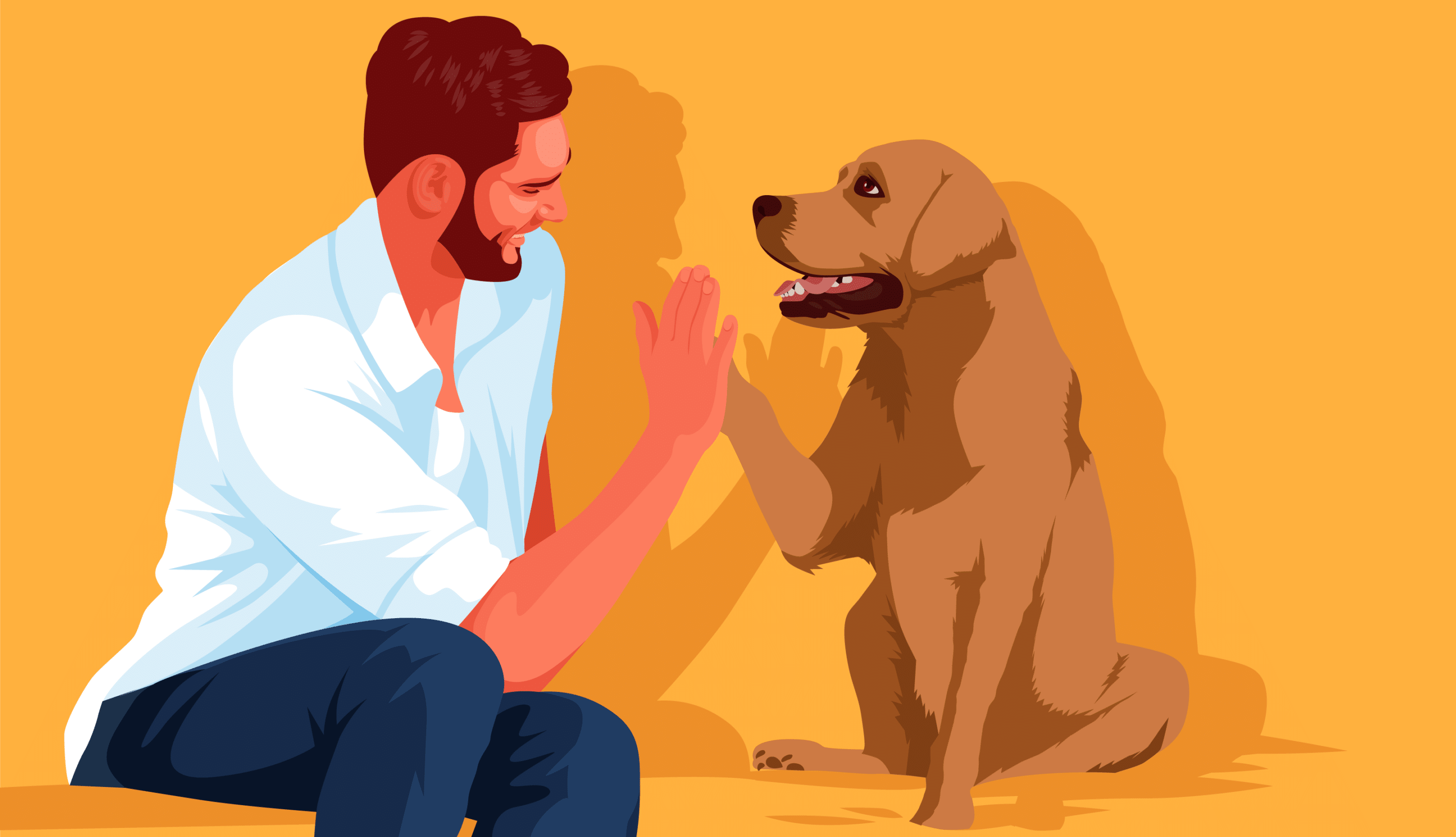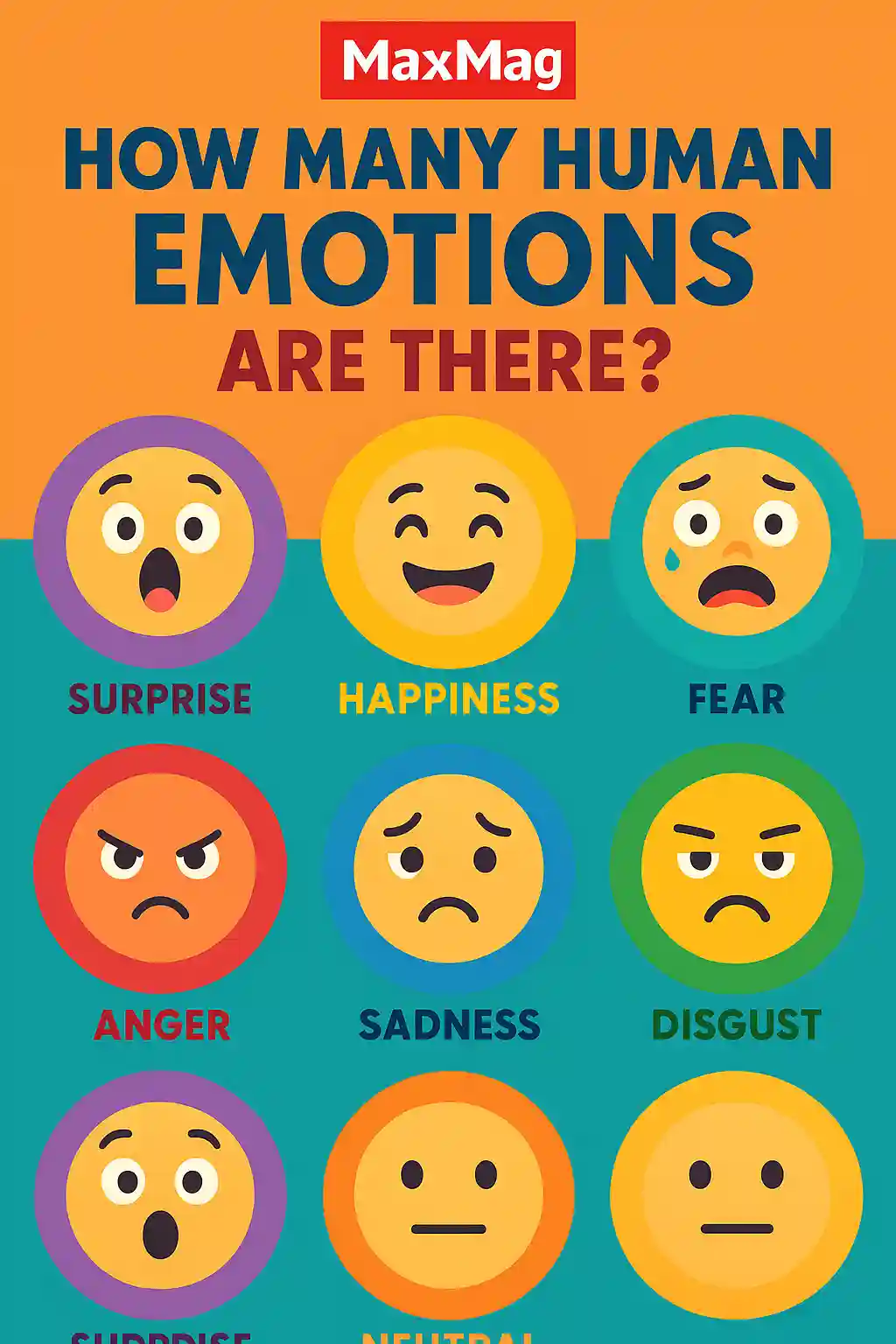
When asking, “how many human emotions are there?”, we often imagine a tidy answer—perhaps a list of ten, maybe twenty. But the reality is much more complex. Our emotional lives are deeply nuanced, shaped not just by biology, but by language, culture, personal experience, and brain development. From primal fear to modern feelings like FOMO (fear of missing out), the spectrum of emotion is ever-evolving.
In this deep dive, we explore everything from ancient theories to cutting-edge neuroscience to understand how many human emotions there truly are—and why it matters for our mental and emotional wellbeing.
Understanding the Roots: Early Theories of Emotion
The journey toward understanding how many human emotions are there begins with ancient philosophers. Thinkers like Aristotle and Confucius wrote about passions and virtues, but it wasn’t until the 19th and 20th centuries that emotions became a scientific field.
Darwin and Emotional Expression
Charles Darwin was one of the first scientists to study emotion systematically. In his 1872 book The Expression of the Emotions in Man and Animals, he argued that emotional expressions are universal and evolutionary. His idea laid the groundwork for modern theories suggesting that certain emotions are biologically programmed and shared across all human cultures.
Basic Emotion Theories: The Six Universal Emotions
One of the most cited answers to how many human emotions are there comes from psychologist Paul Ekman. In his cross-cultural studies, Ekman identified six emotions that are universally recognized through facial expressions:
-
Joy
-
Sadness
-
Anger
-
Fear
-
Surprise
-
Disgust
These are often referred to as primary emotions because they are instinctual, fast-acting, and not learned. They help humans survive by responding to danger, opportunity, or social cues.
Beyond Six: Proposed Additions
Later researchers expanded this list to include emotions like:
-
Contempt
-
Interest
-
Shame
-
Guilt
-
Excitement
While not always agreed upon, these additions hint that the human emotional range might be broader than the core six.
Plutchik’s Wheel of Emotions: A More Dynamic Model
Psychologist Robert Plutchik introduced a highly influential framework that brings us closer to understanding how many human emotions are there in practical terms. His “wheel of emotions” organizes eight primary emotions into pairs of opposites:
-
Joy vs. Sadness
-
Trust vs. Disgust
-
Fear vs. Anger
-
Surprise vs. Anticipation
From these foundations, Plutchik proposed complex emotions that emerge as combinations. For instance:
-
Love = joy + trust
-
Aggression = anger + anticipation
-
Optimism = anticipation + joy
Each primary emotion also has varying degrees of intensity (e.g., annoyance → anger → rage), creating a multidimensional palette with dozens of feelings.
How Many Human Emotions Are There According to Neuroscience?
Modern neuroscience provides deeper insight into how emotions form in the brain. Structures like the amygdala, prefrontal cortex, and insula play critical roles in emotional processing. Emotions are not isolated modules but networks of bodily signals, memories, hormones, and context.
Lisa Feldman Barrett’s Theory
Neuroscientist Lisa Feldman Barrett challenges the idea of universal emotions. In her Theory of Constructed Emotion, she suggests that our brains construct emotions based on:
-
Bodily sensations (interoception)
-
Past experiences
-
Cultural context
-
Language
Thus, emotions are not fixed categories but mental concepts we develop over time. That means the number of emotions is potentially infinite, depending on how finely we label them.
Language Shapes Emotion
How many human emotions are there? The answer shifts depending on your language.
Untranslatable Emotions
Many languages contain emotion words with no direct English equivalent:
-
Saudade (Portuguese): Nostalgic longing for something or someone that may never return
-
Hygge (Danish): Cozy, warm contentment in everyday moments
-
Toska (Russian): A deep, melancholic soul-craving without clear cause
These words reflect culturally recognized emotional states and show that emotional vocabulary expands or contracts based on social norms and linguistics.
Emotional Granularity
People with higher emotional granularity—meaning the ability to distinguish between similar feelings—tend to be more emotionally intelligent. Instead of feeling just “bad,” they might differentiate between frustrated, anxious, or disappointed—leading to better coping strategies.
How Many Human Emotions Are There in Different Cultures?
Every culture develops its own emotional norms. For instance:
-
In the U.S., emotional expression is often encouraged.
-
In Japan, emotional control is prized; subtle emotions like giri (duty) or natsukashii (nostalgia) are well-defined.
-
In some Indigenous cultures, collective emotional states are prioritized over individual ones.
Studies from Harvard’s Center on the Developing Child show that early emotional development is influenced heavily by family, culture, and social context. This diversity further complicates efforts to define a single number of human emotions.
How Many Human Emotions Are There? A Psychological Breakdown
Let’s look at common frameworks that attempt to categorize emotional experiences:
| Model | Number of Emotions | Notes |
|---|---|---|
| Ekman’s Basic Emotions | 6–7 | Universal expressions |
| Plutchik’s Wheel | 24+ | Includes intensities & combinations |
| Barrett’s Constructivism | Infinite | Culturally and individually constructed |
| Geneva Emotion Wheel | 20+ | Designed for scientific measurement |
| Emotional Vocabulary | 100s–1000s | Language-driven, highly granular |
No single answer satisfies all contexts—but the range is clearly broad.
Emotional Development Over a Lifetime
Emotional awareness evolves as we grow. Infants cry and coo, but have no words for their feelings. Over time, we acquire emotional concepts through:
-
Parenting and socialization
-
Media exposure
-
Formal education
-
Personal reflection
By adolescence, most people recognize dozens of distinct feelings—though not everyone uses them with precision.
Therapists often use tools like the Feelings Wheel to help clients expand their emotional vocabulary. Emotional intelligence can be taught and learned, no matter your age.
Applications in Mental Health and Education
Knowing how many human emotions are there is more than academic—it has real-world value.
In Therapy
Therapists help clients name their emotions to process trauma, grief, or confusion. For instance:
-
“I’m anxious” might mask underlying shame or loneliness.
-
Learning to say “I feel dismissed” can reduce reactive behaviors.
This practice is central to Dialectical Behavior Therapy (DBT), which emphasizes emotion regulation and distress tolerance.
In Education
Schools increasingly use Social Emotional Learning (SEL) to teach emotional vocabulary and empathy. Programs backed by the Collaborative for Academic, Social, and Emotional Learning (CASEL) show improved student outcomes in behavior, academics, and well-being.
Emotion in the Age of AI
Modern AI tools are attempting to detect and simulate emotions. Facial analysis software, voice modulation tools, and emotion-responsive chatbots are all being developed to interpret human feelings.
However, these tools usually detect only the basic six. They struggle with:
-
Mixed emotions
-
Culturally specific feelings
-
Irony or sarcasm
This underscores a key point: while machines may recognize expressions, true emotional understanding requires context, history, and human intuition.
How Many Human Emotions Are There in Your Daily Life?
Take a day and track your emotional states—many people cycle through:
-
Contentment
-
Frustration
-
Curiosity
-
Hope
-
Anxiety
-
Amusement
Recognizing and naming each emotion leads to better self-awareness and regulation.
Journaling or using apps like Moodnotes can help develop this mindfulness.
Summary: The Number Depends on the Question
So finally: how many human emotions are there?
-
Biologically: 6–10 core emotions
-
Psychologically: 24–100+ depending on complexity
-
Culturally and linguistically: Countless
The better question may be: How well do we understand and use the emotions we have?
FAQ About How Many Human Emotions Are There
Q1: What are the six basic emotions?
Q2: Why do some theories list more emotions?
Q3: Are all emotions universal?
Q4: Can emotions be taught or learned?
Q5: What tools help recognize emotions better?
Q6: Can AI accurately detect emotions?


